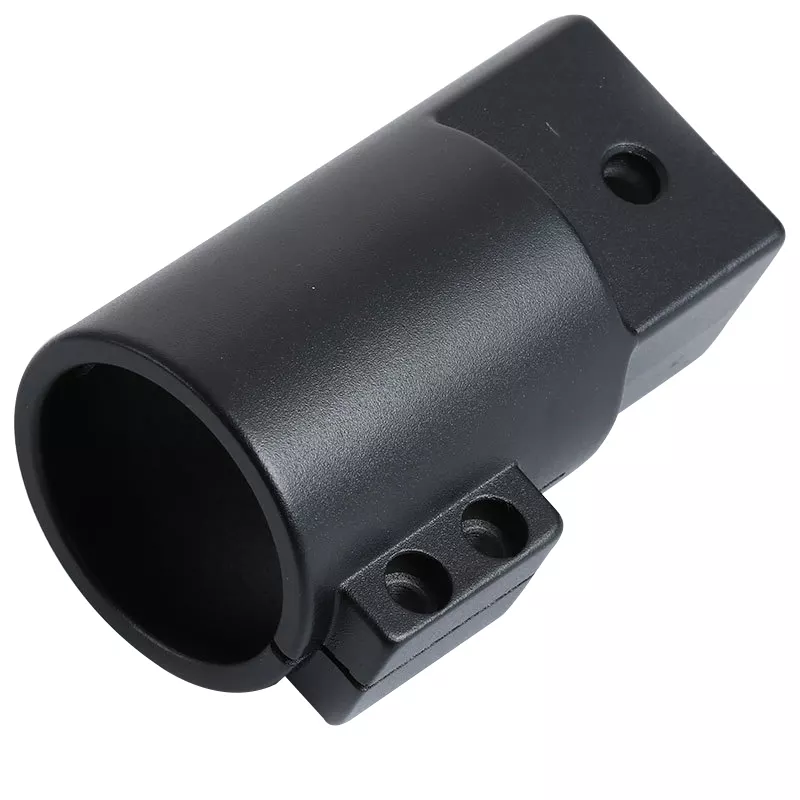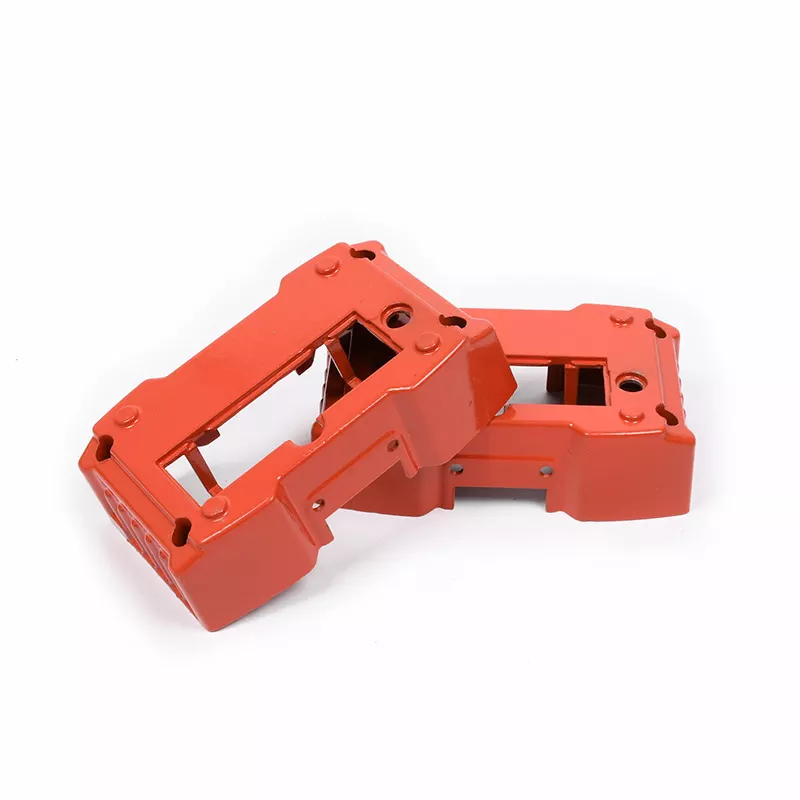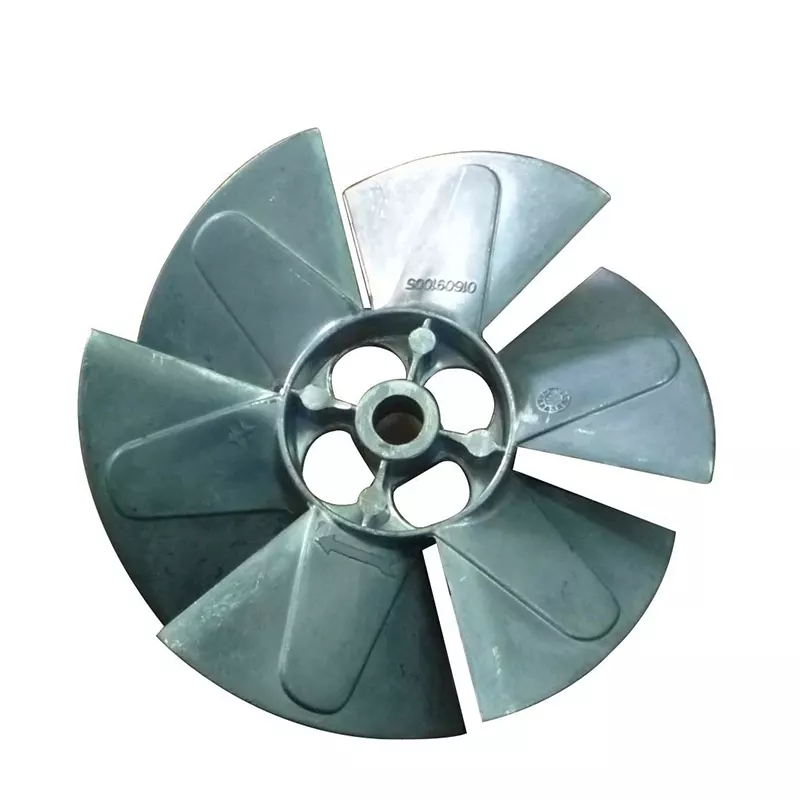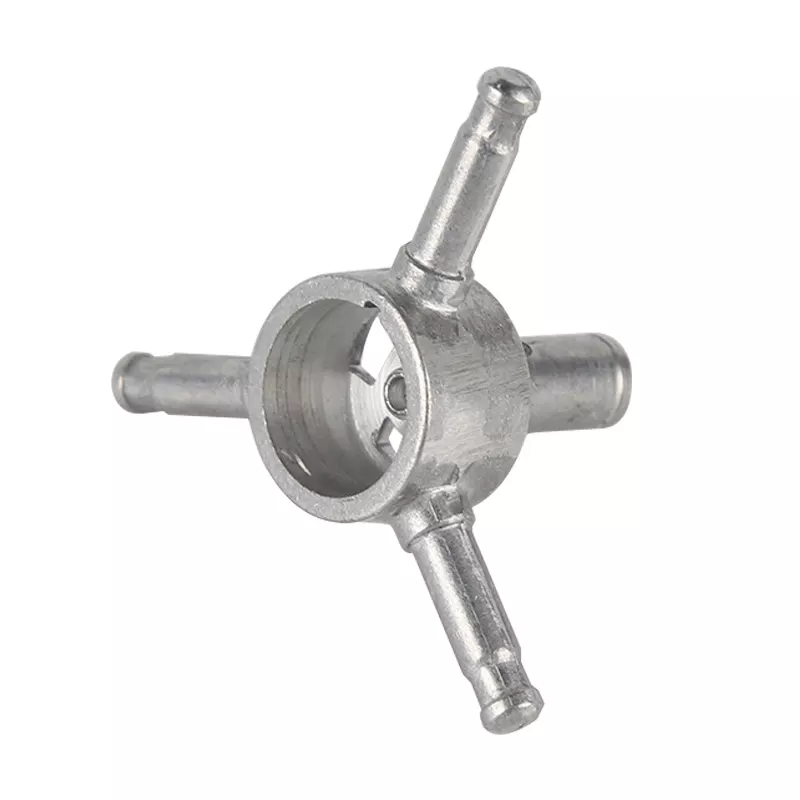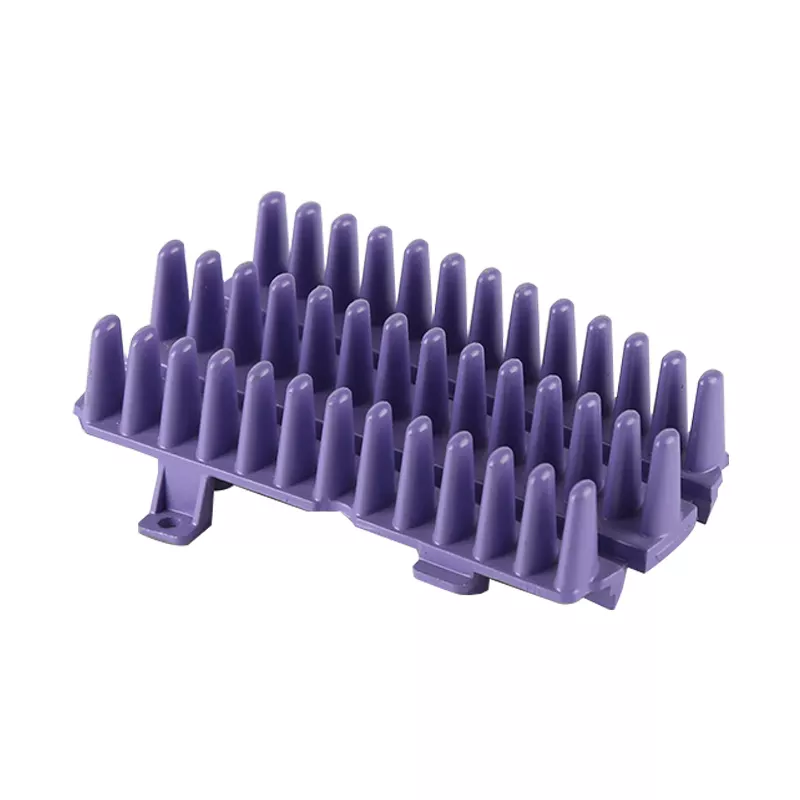Successful precision casting manufacturers know the importance of process control for the production of high-quality castings. The key variables in the casting process include the mold temperature, the thermal insulation properties of the mold, the cycle time and the method of the operator, etc. However, the most critical process variable is the metal temperature. In the precision casting process, the non-contact measurement of metal temperature has many major difficulties. However, a set of devices developed recently can provide real-time accurate quantitative feedback, revealing potential problems.

The importance of temperature
In the precision casting process, especially in the "equal axis" process, the metal temperature is the dominant factor, and therefore, it also has a direct impact on many quality characteristics. If the measurement and control are improper, the difference in metal temperature will affect the finished casting size, grain size, porosity (surface and internal), mechanical properties, product quality (that is, the tendency of hot tearing), the fullness of thin-walled parts, etc. Make an impact.
Therefore, improving the measurement and control of metal temperature will improve quality and productivity, reduce maintenance and labor costs, and reduce testing costs and liability compensation costs.
Difficulty of temperature measurement
Precision casting, especially precision casting using induction melting equipment, generally uses a certain type of non-contact infrared radiation thermocouple or pyrometer as the primary or secondary means of metal temperature measurement. People who use conventional pyrometers may not understand the potential sources of error in their measurements, but simply pay attention to the "precision" technical conditions of the instrument, and are often misled. These precision specifications are just ideal targets in a laboratory environment. Some conditions in the real world can lead to surprisingly high measurement error values. They include (but are not limited to) the following:
These difficulties are unique to optical temperature measurement. At the same time, there are also process-related difficulties, which complicate the temperature measurement of any type of instrumentation, including:
High temperature spectrometer to solve the problem
High temperature measurement technology has its inherent advantages: no pollution, no sensor poisoning when removed; easy installation and use; continuous measurement can be performed; no consumable materials; catastrophic failure (loss of measurement function) is extremely rare. Now, advances in pyrometry science have solved various problems associated with the real world in use. The pyrospectrometer is a brand-new instrument, it is an expert system type multi-wavelength pyrometer, has good ability in solving these problems.
In addition to providing excellent accuracy in the real world, the high-temperature energy spectrometer has many other advantages: it can provide real-time readings of the quality and tolerances (that is, the degree of uncertainty during measurement) during each measurement; it can also provide signal strength , The comparison between the target and the ideal target under the same temperature and state. These two functions can provide valuable information about the raw material and process status, help to ensure the correct composition of the alloy and show whether the alloy material is boiled and evaporated. Obviously, users who have mastered this information can also apply it to some more advanced fields.
In a variety of different applications, high temperature spectrometers have solved the difficulty of non-contact temperature measurement.
A foundry shop may provide parts made of 20 or 30 different alloying elements. The quantification of the impact of a small amount of change in alloy materials on the emissivity of metals has not been carried out on a large scale. Therefore, there is no manual for the emissivity of precision casting alloys. . The similarity of the composition cannot be used to estimate the emissivity, a small amount of additives can greatly change the emissivity. As shown in Figure 1, the emissivity of the two alloys shown in the figure, the difference in composition is a total of 2% atomic weight of the added element. The resulting difference in emissivity causes a pyrometer "calibrated" according to an alloy to produce a reading error of several hundred degrees. Large errors will cause process chaos and shut down the smelting furnace for several days.
The pyrospectrometer is a pyrometer that does not need to prepare any information in advance and can perform accurate measurements, regardless of the emissivity, and is not restricted by the environment. It shows the temperature and emissivity recorded by the FAR high temperature spectrometer for monitoring nickel-based precision casting alloys. It can be seen from the figure that each change of the power setting value causes a rapid spike-like increase in the emissivity, which is caused by the disturbance of the electromagnetic stirring of the molten material, which will strengthen the emissivity. The movement of the liquid forms a small cavity, which increases absorption and emission due to the effect of multiple reflections. Secondly, when the melt cools, the emissivity undergoes a step-like change: around 1:15, the incidence is reduced by more than 10%, from 0.245 to 0.220.
This effect is consistent with the boiling and evaporation of alloy materials. When this change occurs, the temperature remains constant. Finally, the melt freezes and the emissivity changes drastically, from 0.22 to 0.60. The slowly decreasing temperature and the simultaneous slowly increasing emissivity indicate that the process of metal hardening undergoes a slurry state, rather than a sudden change in phase like water turns into ice. Figure 3 shows the same process as Figure 2, but this time the output of a conventional pyrometer has been added. In addition to the large temperature error, it should be noted that during the power-off cooling process, conventional pyrometers cannot measure. Between 1:35 and 1:50, the pyrometer reported an increase in temperature. This is a false condition, caused by the increase in emissivity during the cooling process of the metal.
In actual operation, the huge temperature error caused by incorrect emissivity not only affects product quality, but also has some obvious consequences such as waste of electricity, prolonged cycle time, and increased wear of refractory materials.The two trace curves are the temperature and emissivity in four consecutive casting cycles measured by a pyrometer. The peak temperature is not without Particularly repeatable, you can see that there are many fairly large spikes in the emissivity in Figure 4, indicating that there is a particularly large disturbance. The spike is caused by severe electromagnetic stirring.
The process is as follows: the disturbance in the melt strengthens the emissivity, and conventional pyrometers interpret this as an over-temperature value; then, as a reaction to the phenomenon, the controller cuts off the power; the power cuts off After that, the disturbance subsided, and then, the conventional pyrometer detected the condition of too low temperature, and the power was turned on again. The resulting current surge stirred the molten material violently, and the periodic cycle began, and the severe disturbance caused the corrosion of refractory materials. As a result, inclusions are generated in the product.




